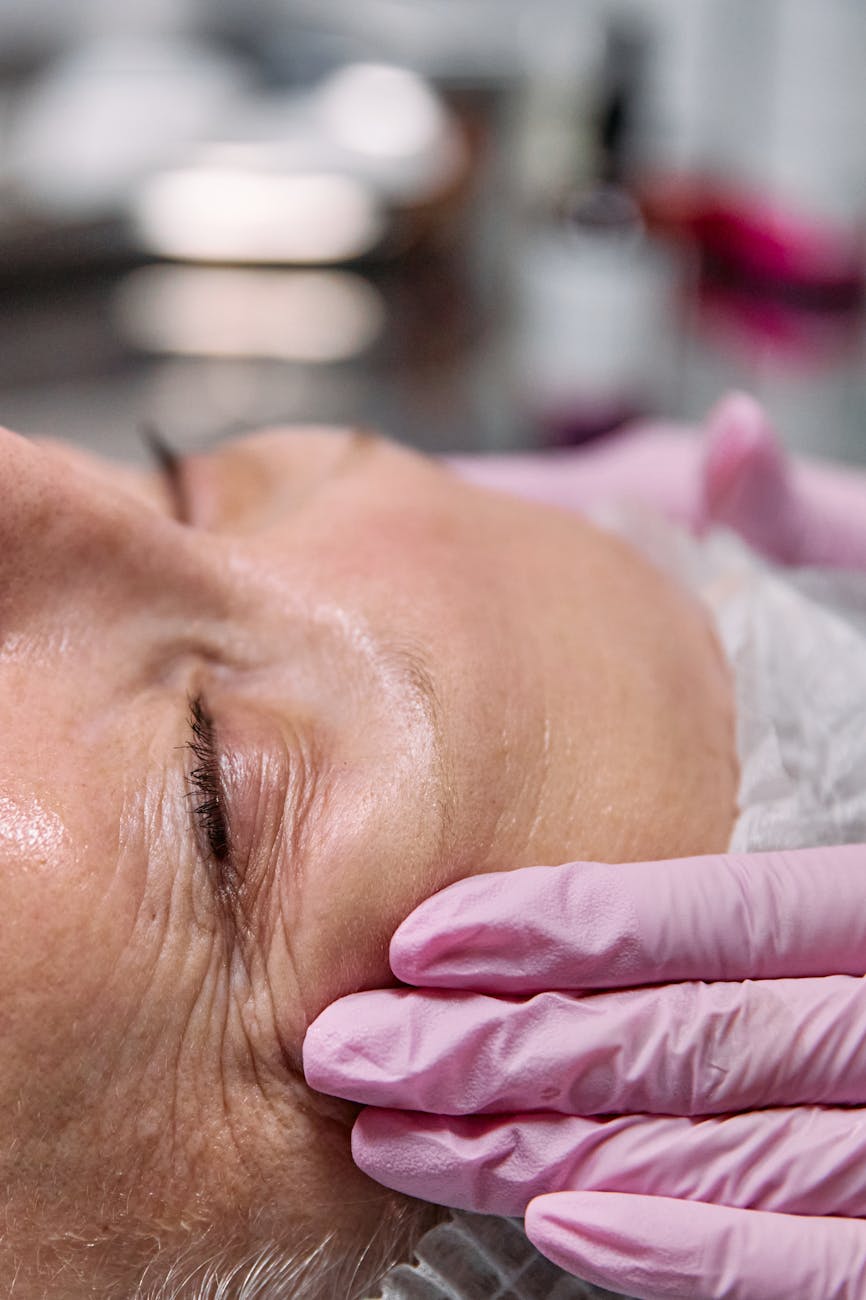

Receiving a prescription for supplemental oxygen can feel overwhelming, but it’s a vital step toward improving your quality of life and managing a respiratory condition. The central piece of equipment in this therapy is the oxygen concentrator, a medical device that filters ambient air to deliver purified oxygen. Choosing the right one is crucial, as it directly impacts your comfort, mobility, and the effectiveness of your treatment. This guide is designed to demystify the process. We will walk you through understanding your medical requirements, comparing different types of concentrators, and evaluating the features that matter most, ensuring you can make an informed decision that perfectly aligns with your health needs and lifestyle.
Before you even begin looking at models, your most important tool is your doctor’s prescription. This document contains the critical information that will dictate your options. The two most fundamental factors are the flow type and the flow rate.
Flow type refers to how the oxygen is delivered. There are two kinds:
Your prescription will specify which flow type you need. Some users may need continuous flow at night and can use pulse dose during the day. It’s essential to clarify this with your healthcare provider, as using the wrong flow type can be detrimental to your health. Your prescribed flow rate, measured in LPM for continuous flow or a setting number for pulse dose, is the other non-negotiable factor. Your chosen machine must be able to meet this prescribed setting.
Once you understand your flow requirements, the next major decision is whether you need a home (stationary) concentrator or a portable oxygen concentrator (POC). While some people end up needing one of each, your primary needs and lifestyle will guide this choice.
Home oxygen concentrators are larger, heavier units designed to be used in one place. They plug into a wall outlet and are typically built on wheels so they can be moved from room to room. Their main advantage is power. They can provide a high, continuous flow of oxygen (often up to 10 LPM) and are built for reliable, 24/7 operation. They are the standard choice for patients who need oxygen while sleeping or who spend most of their time at home.
Portable oxygen concentrators (POCs) are designed for life on the go. They are small, lightweight, and run on rechargeable batteries, giving you the freedom to run errands, visit friends, or even travel. Most POCs operate on a pulse dose setting to conserve battery life, though some larger models offer limited continuous flow. If you lead an active lifestyle or work outside the home, a POC is an essential investment in your independence.
Here is a simple comparison to help you decide:
| Feature | Home Concentrator | Portable Concentrator (POC) |
|---|---|---|
| Primary Use | Stationary, in-home use, especially for sleep | On the go, travel, daily activities outside the home |
| Flow Type | Primarily continuous flow (up to 10 LPM) | Primarily pulse dose (some offer low continuous flow) |
| Size & Weight | Heavier (30-55 lbs) and larger | Lightweight (3-18 lbs) and compact |
| Power Source | AC wall outlet | Rechargeable batteries, AC/DC adapters |
| Cost | Generally less expensive | Generally more expensive |
With the type of concentrator narrowed down, it’s time to compare specific models. Look beyond the marketing and focus on the technical specifications that will affect your daily use and comfort.
The final step is to overlay your personal lifestyle onto the technical details. The best machine on paper might not be the best machine for you. Ask yourself a few practical questions. Do you travel by air? If so, you’ll need a POC that is FAA-approved. A comprehensive list is available on the FAA website, but always double-check with your airline before flying.
Think about your daily routine. Are you mostly at home or constantly out and about? Your answer will reinforce your choice between a home unit and a POC. Also, consider the maintenance schedule. Most concentrators require regular cleaning of the particle filter, and the nasal cannula should be replaced frequently. Ensure you are comfortable with the upkeep required for your chosen model.
Finally, consider your budget and whether insurance will cover the cost. While price is a factor, prioritizing the features that meet your medical and lifestyle needs will provide the best long-term value and health outcome.
Choosing an oxygen concentrator is a significant decision, but it doesn’t have to be a stressful one. By methodically working through these steps, you can confidently select a device that supports your health and enhances your freedom. Start with the non-negotiable elements of your doctor’s prescription, such as flow type and rate. From there, decide whether a stationary home unit or a portable concentrator better suits your activity level. Compare the critical specifications of different models, paying close attention to weight, battery life, and noise level. Finally, ensure your choice aligns with your lifestyle, especially if you plan to travel. Remember, this device is your partner in better breathing, so taking the time to choose wisely is an investment in your well-being.
Consistent and reliable shipping – that's our promise.
Your payment information is safe with our secure systems.
We're here to help! Get fast and friendly solutions to your questions.
Shop with confidence. Money back guaranteed.
BDMEDI is a trusted medical equipment provider in Bangladesh. We offer oxygen concentrators, wheelchairs, and other essential health products both online and offline — ensuring quality service at an affordable price.
+880-17116-33404
